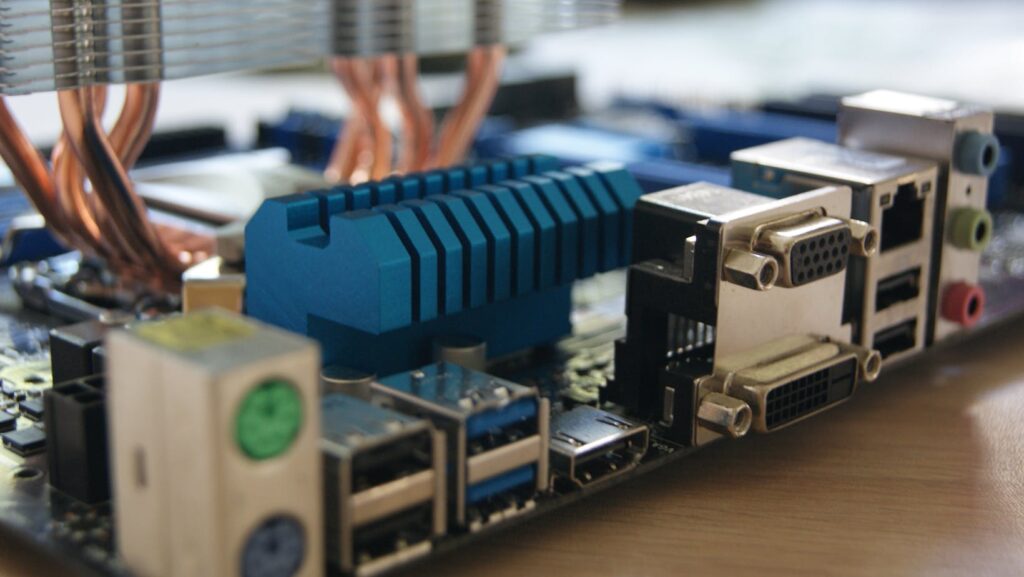As the world becomes more energy-conscious, the quest for efficient, reliable, and sustainable power storage solutions has never been more critical. Whether it’s for renewable energy systems, electric vehicles, or simply for daily power needs, the right storage solution can make a world of difference.
Power Storage Solutions
In the realm of power storage, a variety of solutions exist, each configured to serve a specific purpose. These systems can be categorically divided into mechanical, thermal, chemical, electrical and electrochemical systems.
Mechanical systems, such as pumped hydro storage and compressed air energy storage, store energy in potential or kinetic forms, whereas thermal systems, such as solar thermal and molten salt storage, keep energy locked in heat. Chemical systems transform power into a different substance, exemplified by hydrogen storage. Electrical systems include superconducting magnetic energy storage, storing energy in a magnetic field. Lastly, electrochemical solutions incorporate batteries and supercapacitors, which store energy chemically in a solid or a liquid medium.
Innovations in Power Storage Technology

Technological advancements play an essential role in the evolution of power storage solutions, fostering the development of more efficient, compact, and environmentally friendly methods. This section reveals cutting-edge innovations that are shaping the future of power storage technology, specifically focusing on improvements in battery technology and novel trends taking root in the power storage sector.
Battery technology, a key component in power storage, has seen significant strides in recent years. Lithium-ion batteries, for example, have undergone numerous optimizations — increased energy density, extended lifecycle, and faster charging times. They’re paving the way for high-performing energy storage and broader adoption of electric vehicles.
Solid-state batteries also bring remarkable advances. These batteries eliminate liquid or polymer gel electrolytes for solid materials, offering high energy efficiency, improved safety, and longer lifespan. Companies like BMW, Toyota, and QuantumScape are ardently researching and developing this promising technology.
Emerging Trends in Power Storage Solutions
A strong trend emerging within the power storage landscape is the integration of artificial intelligence (AI) and machine learning techniques. AI can optimize energy consumption at both individual household and grid-wide levels, improving efficiency and cost-effectiveness.

Energy storage as a service (ESaaS) is another budding trend. This model allows users to lease or rent energy storage systems, reducing upfront installation costs. ESaaS is particularly useful for businesses seeking a flexible approach to energy management without significant capital investment.
Finally, the use of green and recycled materials in power storage devices points towards a more sustainable future. Start-ups like Aqua Metals and Battery Resourcers are developing ways to recycle lead-acid and lithium-ion batteries, ensuring these resources do not go to waste and limiting environmental harm.
Environmental Impact of Power Storage Solutions
Sustainability Practices in Power Storage
Adopting sustainable practices in power storage has advantages. They reduce environmental concerns, optimize energy reserves, and propel advances in sustainable energy. Innovations in the power storage sector continue to provide more eco-friendly solutions that align with sustainability principles. For instance, manufacturers have shifted their focus towards utilizing green and recycled materials in power storage devices. These sustainable practices not only augment the lifespan of the power storage devices but also mitigate their environmental footprint significantly.
Challenges and Solutions

Despite the strides in technology, challenges persist. One significant hurdle is the sourcing and disposal of materials used in power storage systems. Some substances can cause environmental degradation if not handled properly. For instance, processing and disposal of lithium, used in lithium-ion batteries, can pose environmental challenges.
To combat these issues, novel solutions are emerging. Implementation of stringent regulations, ongoing research for environment-friendly materials, and refining recycling processes have proved beneficial. For instance, scientists are exploring alternatives to lithium, such as sodium and magnesium. These materials, plentiful and less harmful to the environment, could help overcome the limitations of lithium-based batteries.
All You Need To Know
It’s clear that power storage solutions are crucial in our energy-conscious world. They’re pivotal in energy management, grid stabilization, and backing renewable energy sources. Recent innovations and sustainable practices are propelling this sector forward, with green and recycled materials taking center stage. As we’ve seen, there’s no one-size-fits-all solution.
